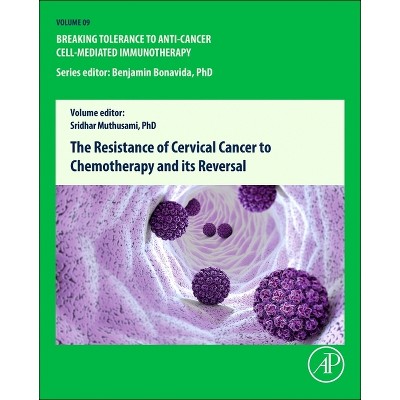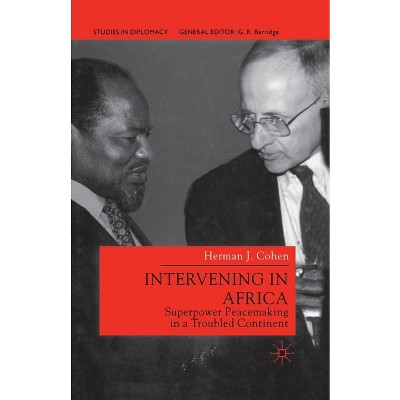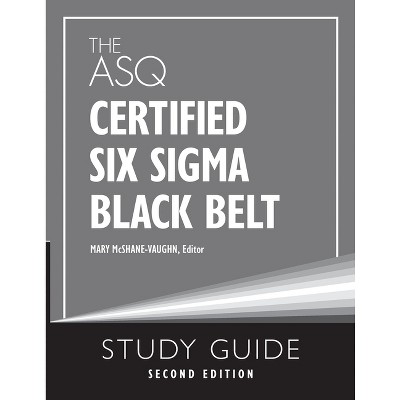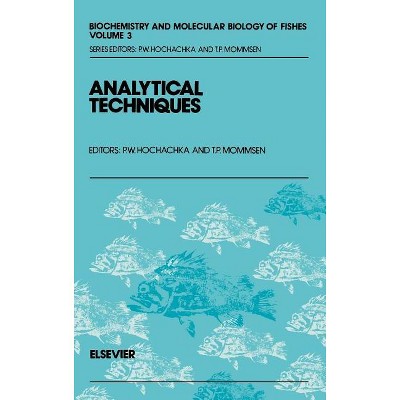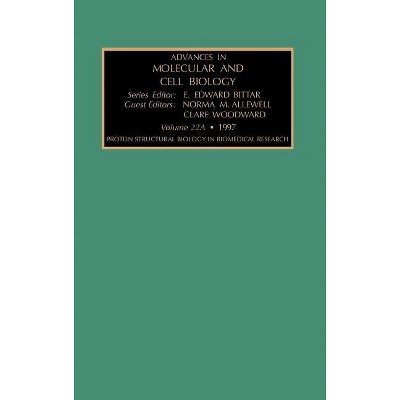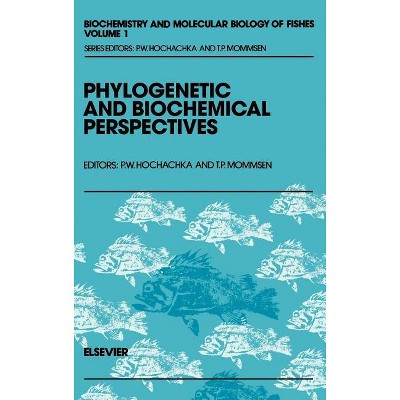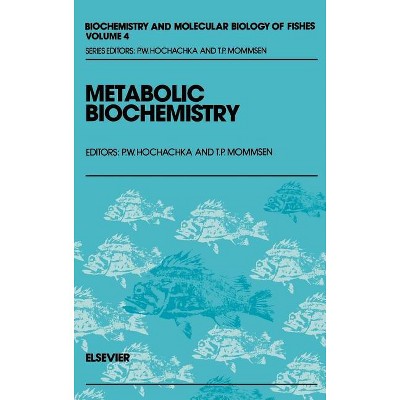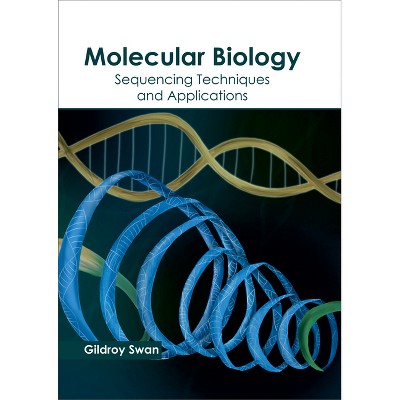Sponsored

Techniques in Free Radical Research - (Laboratory Techniques in Biochemistry and Molecular Biology) by A T Diplock & M C R Symons & C a Rice-Evans
In Stock
Sponsored
About this item
Highlights
- Free radical species are generally short-lived due to their high reactivity and thus direct measurement and identification are often impossible.
- Author(s): A T Diplock & M C R Symons & C a Rice-Evans
- 290 Pages
- Medical, Biochemistry
- Series Name: Laboratory Techniques in Biochemistry and Molecular Biology
Description
Book Synopsis
Free radical species are generally short-lived due to their high reactivity and thus direct measurement and identification are often impossible. ESR is the only technique which has the potential for direct detection of radicals but in biological systems even these must be trapped by a spin-trapping agent. Thus most investigations involve recognition of indicators of the presence of radicals in vivo or "FOOTPRINTS" of radical-mediated damage.
Techniques in Free Radical Research assembles and critically assesses the most relevant and reliable experimental approaches used towards the measurement of radicals and radical-mediated damage in chemical systems, in cells and in tissues under the following six headings: a) Footprints of DNA damage, b) Footprints of protein damage, c) Footprints of lipid peroxidation, d) Footprints of antioxidant consumption, e) Footprints via indirect radical assays, and f) Footprints via the availability of transition metal complexes.
Review Quotes
"...every biological scientist interested in free radicals should find this an affordable book well worth having on the laboratory or office bookshelf." --FEBS Letters
Shipping details
Return details
Trending Non-Fiction






